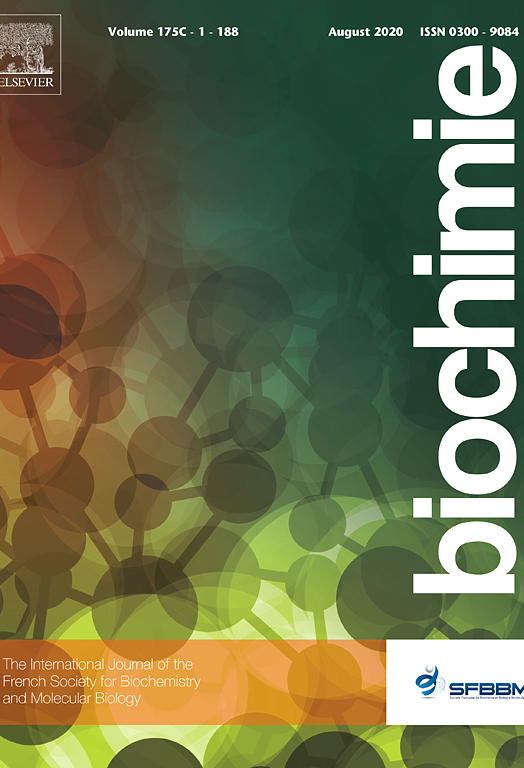Biochimie. 2020 Jul 7;S0300-9084(20)30155-3. doi: 10.1016/j.biochi.2020.07.001. Online ahead of print.
Isabelle Dugail 1 , Ez-Zoubir Amri 2 , Nicolas Vitale 3
Affiliations
1 UMRS 1269 INSERM/Sorbonne University, Nutriomics, Faculté de médecine Pitié-Salpêtrière, F-75013, Paris, France; Member of the scientific council of the Groupe d’Etude et de Recherche en Lipidomique (GERLI), France.
2 Université Côte d’Azur, CNRS, Inserm, iBV, Nice, France; Member of the scientific council of the Groupe d’Etude et de Recherche en Lipidomique (GERLI), France.
3 Centre National de la Recherche Scientifique, Université de Strasbourg, Institut des Neurosciences Cellulaires et Intégratives, F-67000, Strasbourg, France; Member of the scientific council of the Groupe d’Etude et de Recherche en Lipidomique (GERLI), France. Electronic address: vitalen@unistra.fr.
Abstract
It is becoming obvious that in addition to aging and various hearth pathologies, excess of body weight, especially obesity is a major risk factor for severity of COVID-19 infection. Intriguingly the receptor for SARS-CoV-2 is ACE2, a member of the angiotensin receptor family that has a relatively large tissue distribution. This observation likely explains the multitude of symptoms that have been described from human patients. The adipose tissue also expresses ACE2, suggesting that adipocytes are potentially infected by SARS-CoV-2. Here we discuss some of the potential contribution of the adipose tissue to the severity of the infection and propose some aspects of obese patients metabolic phenotyping to help stratification of individuals with high risk of severe disease.
PMID: 32649962
DOI: 10.1016/j.biochi.2020.07.001

